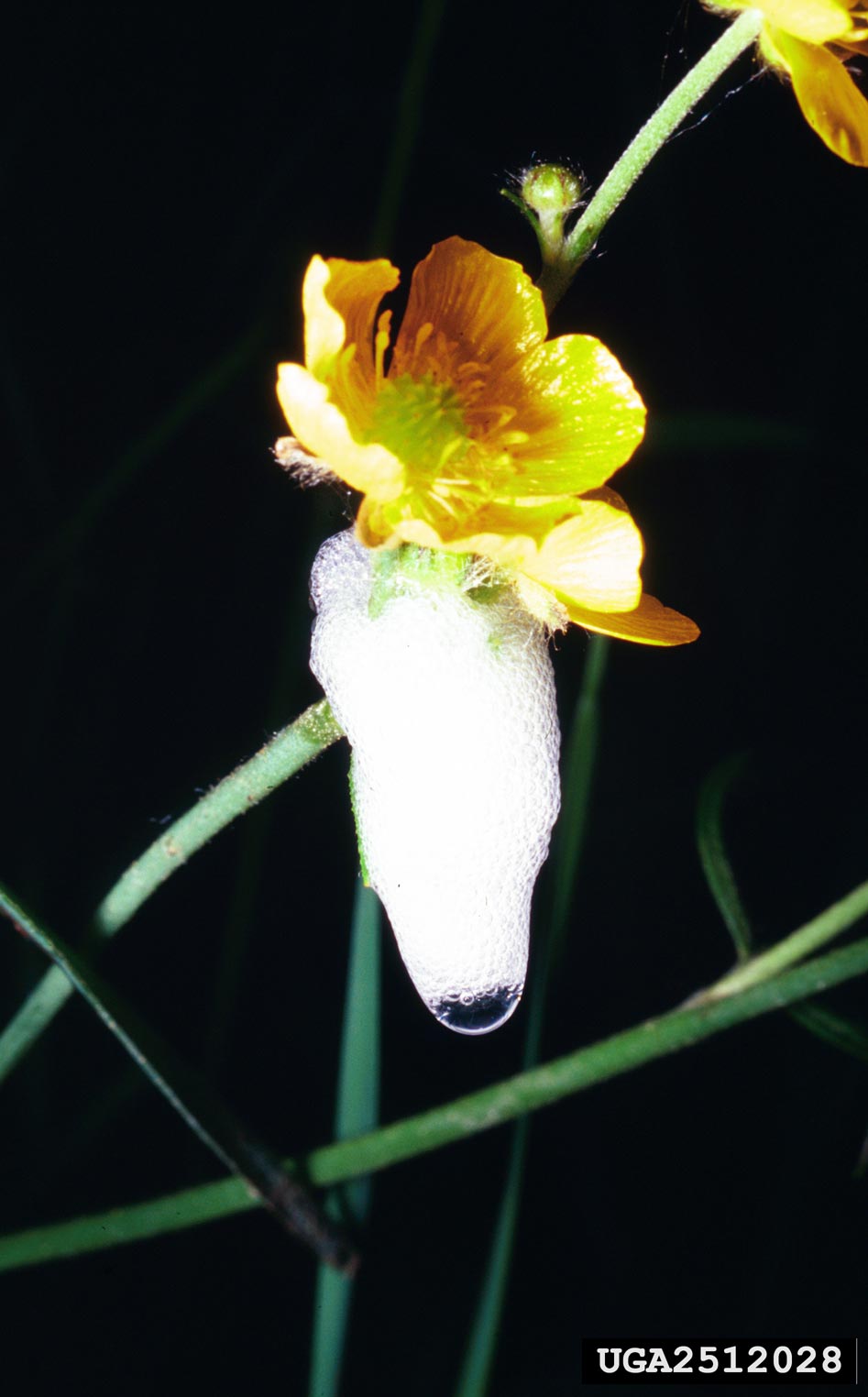On a sultry afternoon in the late bloom of summer, one may find themselves drawn into the enchanting world of nature. Amid the verdant foliage, a myriad of creatures thrive, each contributing to the delicate dance of ecosystems. Amongst the lesser-known inhabitants of this vibrant realm are spittlebugs and froghoppers, members of the family Cercopidae. Their intriguing behavior and unique appearance provide ample inspiration for exploration, curiosity, and even artistic expression.
As you wander through meadows or gardens, you may come across a peculiar sight – small, frothy masses clinging to the stems of grasses and plant leaves. At first glance, this effervescent display may seem like a miniature sculpturescape, or even remnants of a whimsical fairy potion. Upon closer inspection, you will unveil the captivating creature responsible for this curious masquerade: the spittlebug. Known scientifically as members of the genus Philaenus and others, these tiny marvels epitomize the delightful wonderment of the natural world.
The term “spittlebug” might evoke thoughts of something unseemly, yet these insects possess a rich tapestry of fascinating attributes. Their frothy secretion serves multiple purposes, from protecting them against predators to maintaining a moist microenvironment for their delicate bodies. This frothy substance is primarily composed of air, plant sap, and saliva, which the juveniles skillfully expel while feeding on the juices of various plants. In this way, spittlebugs exemplify the elegance of adaptation in a serpentine reality that intertwines survival with sheer vitality.
Froghoppers, often used interchangeably with spittlebugs, refer to the adults of this family. With their pronounced rear legs, these insects mirror the athletes of the insect world, capable of extraordinary jumps that can span several feet. It is a remarkable feat for such a diminutive creature, whose size typically ranges from 5 to 15 millimeters. Their leaping prowess is not only a survival mechanism, evading unwanted attention from hungry predators, but it is also a captivating spectacle for nature enthusiasts with a keen eye.
One may ponder the significance of these insects in the grander tapestry of nature. Beyond their curlicue foam and acrobatic leaps, spittlebugs and froghoppers play an important ecological role. By feeding on the sap of numerous plant species, they contribute to the cycle of nutrient dispersal. As they traverse fields and gardens, they inadvertently assist in pollinating flowers, enhancing the overall health of the flora that sustains our ecosystem. In a world where biodiversity hangs in the balance, the seemingly modest presence of these insects reinforces the adage that no creature is too small to matter.
Besides their ecological contributions, spittlebugs have inspired a wealth of artistic endeavors. Their unique forms and the mystique surrounding their frothy encasements have sparked the imaginations of poets, artists, and naturalists alike. From intricate illustrations depicting their delicate features to delicate verses interpreting the ephemeral nature of life, these insects invite a deeper contemplation of our surroundings. They encourage us to savor the moments hidden away in nature’s quiet corners, where the extraordinary is often obscured by the mundane.
As the summer sun begins its descent, illuminating the world with dusk’s golden hues, one might find solace in observing these unusual insects. With their humble presence, spittlebugs and froghoppers can teach us to appreciate life’s intricacies, whether it be the fluidity of their jumps or the shimmering droplets caught within their foam. There is an intoxicating freedom in exploring the nuances of nature—every crack in the pavement, every flutter of a leaf tells a story waiting to be unraveled.
In a world inundated with the hustle and bustle of modern life, we often overlook the beauty surrounding us. Spittlebugs and froghoppers remind us to pause and appreciate the small wonders, encouraging us to recognize artistry in simplicity. Perhaps, as we discover these tiny marvels, we may feel a renewed inspiration to delve deeper into nature’s offerings and embrace the wonders that exist just outside our doorsteps.
In conclusion, spittlebugs and froghoppers beckon us with their narrative, urging us to relish the beauty and intricacies of the natural world. With each frothy bubble and each acrobatic leap, they illuminate the truth that peering into the depths of nature’s mysteries can usher forth a profound appreciation for life itself. Let these creatures remind you that, amidst the complexities of existence, there lies an exquisite simplicity waiting to be unearthed—if only one chooses to observe.









Leave a Comment